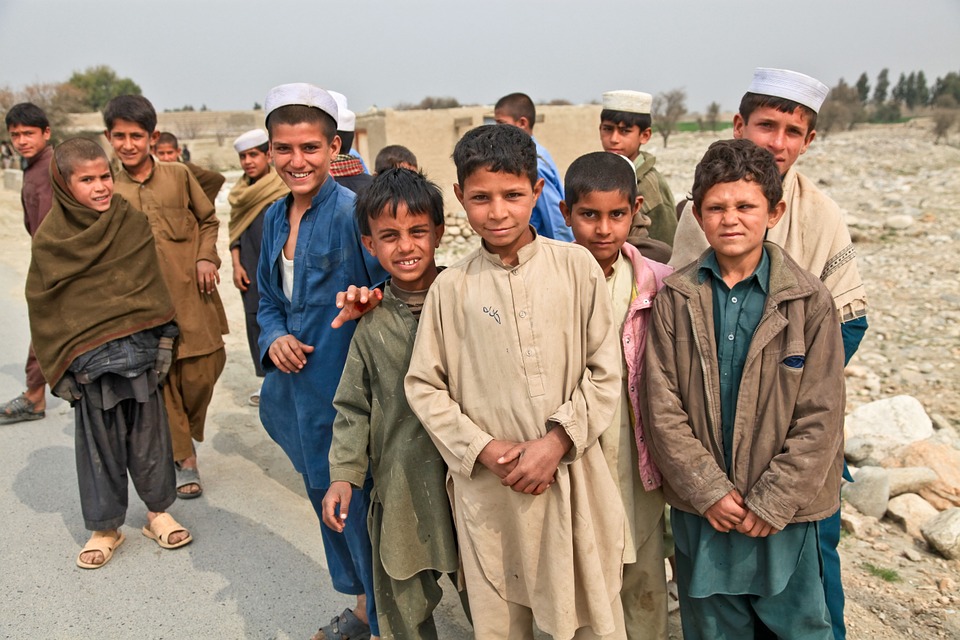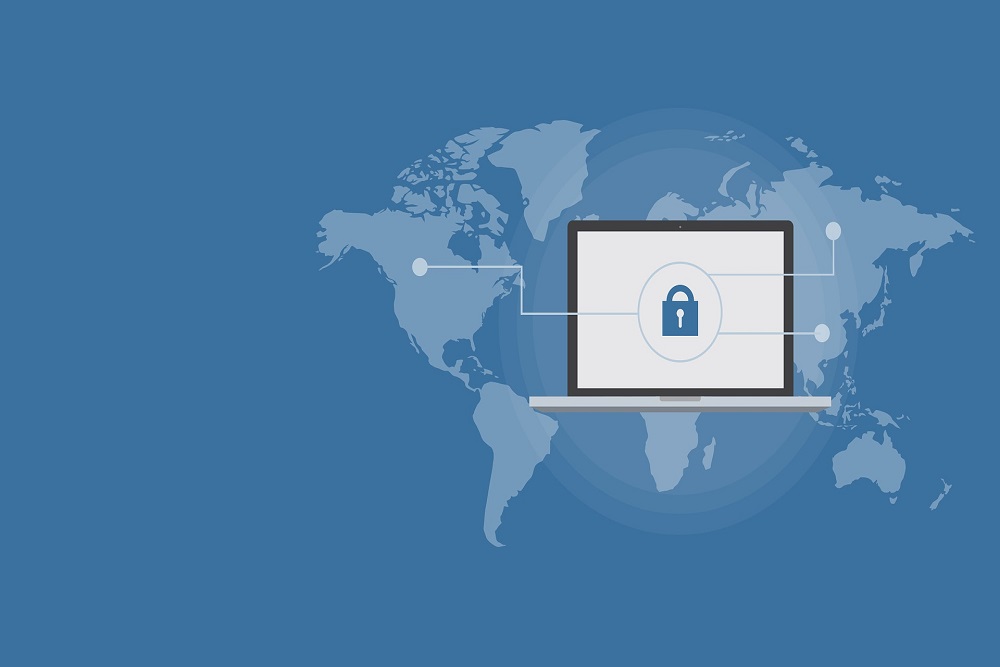(A shoutout to policymakers to help hurdle the Great Digital Divide)
There are 4.39 billion internet users in 2019, an increase of 366 million (9 percent) versus January 2018. There are 3.48 billion social media users in 2019, with the worldwide total growing by 288 million (9 percent) since this time last year.
An average of more than one million new users is being added every day, with all of the original ‘Next Billion Users’ now online. Still, we can see backwoods where civilization has stopped progressing. In some countries, less than 20% can access the Internet because of a lack of infrastructure.
Education and the Internet are vital global assets and have improved the lives of humans. Even though considerable progress has been made in education and Internet connectivity worldwide, the reality is much of the world is still not connected.
The digital divide refers to the inequality in access to technology that exists between communities due to regional and demographic differences, particularly socio-economic groups.
Without adequate high-speed internet infrastructure, rural schools and the students they serve will be left behind, creating dependency on the already overloaded system, rather than enabling and educating the future workforce.
Why Does the Internet Matter to Learning Globally?
Education is the basis for social and economic development. Without education, a country has little hope of competing globally.
Many regions face huge challenges in education, from the absence of quality teachers, outdated learning and teaching materials, outdated resources and inadequate school infrastructure.
According to data from the UNESCO Institute for Statistics (UIS), approximately 263 million children – one in every five – are out of school. This is a figure that has not changed much over the past five years.
In comparing rural communities with urban communities, we can see that rural communities have insufficient broadband coverage to meet the goal of providing equal education opportunities to everyone.
The Rural Digital Desert
Broadbands distribution to rural areas is not equal to the access urban areas have, creating a “digital desert,” often defined as the difference between the availability of technology among socioeconomic or racial/ethnic groups. This rural digital desert diminishes access to educational opportunities, resources, and sources of academic and professional support.
Broadband – Why the fuss for education?
It’s estimated that over 5 billion people have mobile phones. Broadband connectivity has improved internationally over the past decade, and yet, billions still have no access to the internet.
Broadband can help connect
- Teachers to students irrespective of location
- Teachers to parent parents for feedback and support.
- Students to free educational resources.
- Help schools share classes and other resources with other schools
So where do we start?
- Make building broadband networks in rural communities a national priority
- Creating awareness of what is possible and the tools already available for parents and teachers
- Enabling students to access the vast learning resources available on the Internet by providing the right tools.
- Unlocking the potential of the Internet for learning with commitment and action from policymakers, teachers, principals, and parents
- Securing investment for infrastructure rollout
- Access to affordable cloud computing services to automate and simplify administrative functions
- Track student performance more accurately with collection and analysis of student data
- Upgraded access to quality educational services via distance learning programs, online learning modules, accessible from any location
The internet and education are interconnected, vital to the future and ideal of quality education for all. Economic analysis shows that on the whole, improvements in school-level education lead to improvements in economic performance, and more so than the other way around.
Making this connection, policymakers are enthusiastically exploring opportunities and discovering new ways in which they can use the Internet to improve education outcomes.







